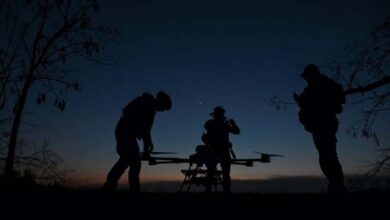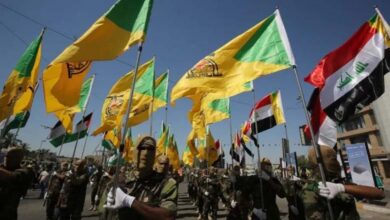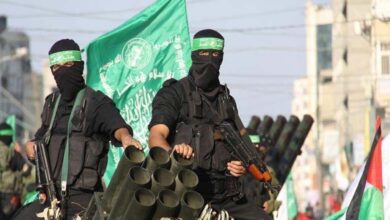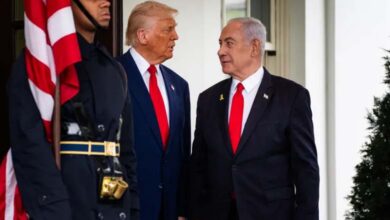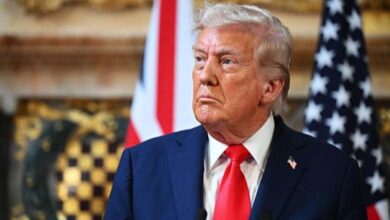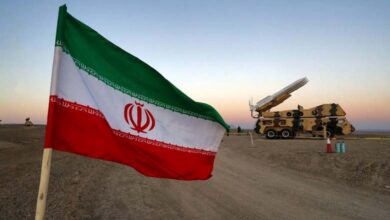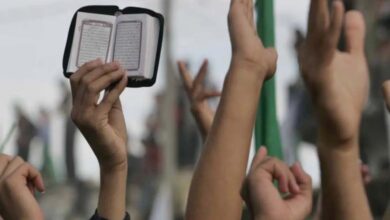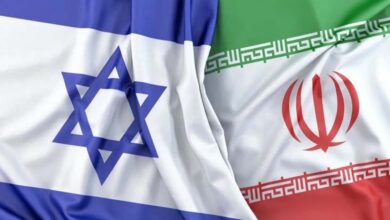Key Provisions of the Expected Security Settlement Agreement Between Syria and Israel
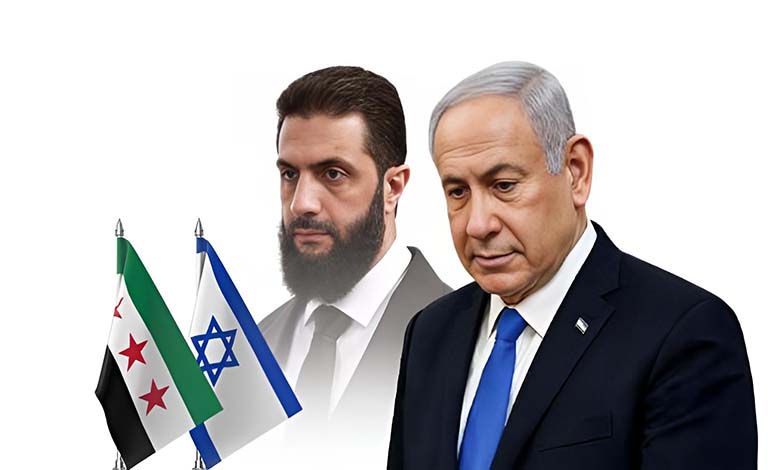
The Syrian Observatory for Human Rights (an independent organization) revealed on Monday what it described as the key provisions of a forthcoming security settlement agreement between Syria and Israel.
Although the two countries have officially been at war since 1948, the Syrian state news agency SANA reported for the first time about a week ago that an official meeting took place in Paris between Syrian Foreign Minister Assad al-Shibani and an Israeli delegation.
-
Israel Fears a New October 7 from Syria and Strengthens Borders with Barriers and Additional Forces
-
“Including Syria and Lebanon”: How the Israeli Army Prepares for “Operation Winter”
According to the Observatory, the expected understandings include the “disarmament of the Syrian Golan Heights,” a “ban on the deployment of strategic weapons,” and the “creation of a humanitarian corridor for the Druze community in the Sweida region.”
In return, Damascus would receive reconstruction aid from the United States and regional states, in what appears to be an effort to stabilize Syria and distance it from the Iranian axis.
Western media reports had already suggested that the agreement could be signed by the end of September, under U.S. mediation and with regional sponsorship.
The Observatory stated that “for Israel, this represents a major security opportunity, though it still entails significant strategic risks.”
-
Israeli Army Preparing to Occupy Gaza City with a Quarter Million Soldiers
-
The flying of Israeli jets very low over parts of Lebanon and blasts in Syria
Damascus’ main commitments under the agreement
- Disarmament of the Syrian Golan area, from Damascus to Sweida, to prevent potential terrorist threats from regions adjacent to Israel.
- Commitment not to rebuild the Syrian army with Turkish support, a point Israel considers particularly crucial.
- Prohibition on deploying strategic weapons on Syrian territory, including missiles and air defense systems, to preserve Israel’s air superiority and freedom of action.
- Establishment of a humanitarian corridor in the Sweida region for the Druze community, a highly sensitive issue tied to minority rights and humanitarian assistance.
In exchange, Syria would receive U.S. and regional funding for the reconstruction of a country devastated by years of civil war.
-
Israeli Humanitarian Corridor to Sweida Facilitated by U.S. Mediation Efforts
-
Hezbollah threatens civil war in Lebanon and warns of a Karbala-style battle
A first in history
For the first time, Syria has publicly acknowledged ongoing talks with Israel. According to SANA, the Paris meeting aimed “to discuss a number of issues related to enhancing stability in the region and southern Syria.”
The discussions reportedly focused on “de-escalation, non-interference in Syrian internal affairs, reaching understandings that support regional stability, and monitoring the ceasefire in Sweida Governorate.”
These talks, conducted under U.S. mediation, fall within diplomatic efforts to strengthen security and stability in Syria while safeguarding its unity and territorial integrity.
-
Syria Welcomes Multi-Billion Dollar Investments for Post-War Reconstruction
-
Israeli Druze Cross Borders to Aid Their Brethren in Sweida
Israel’s stance
Israel’s Channel 12 reported that Israel and Syria are moving closer than ever to a security settlement agreement.
According to the channel, the anticipated provisions include disarming the Syrian Golan, banning the deployment of strategic weapons, and creating a humanitarian corridor for the Druze in Sweida. In return, the Syrian regime would receive reconstruction aid from the United States and several regional states.
For Israel, this potential agreement represents a breakthrough that, until recently, seemed entirely unrealistic.
-
The battle is not over — Israeli Chief of Staff signals potential new confrontation with Iran
-
The Sweida Crisis: U.S. Calls for Dialogue as Israeli Druze Prepare for Battle


